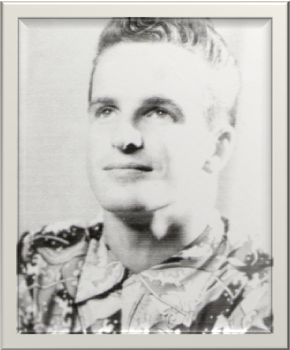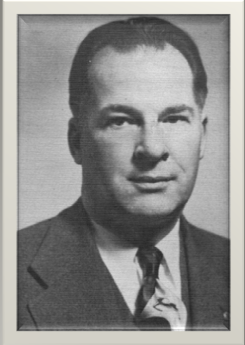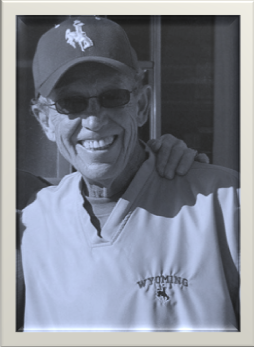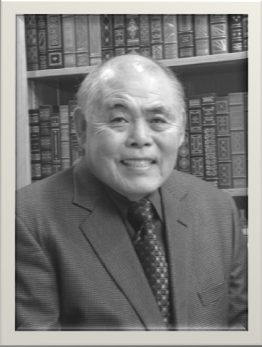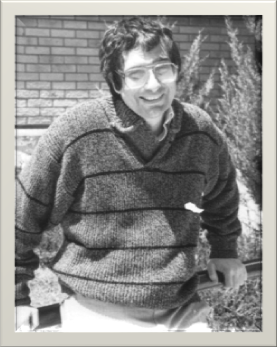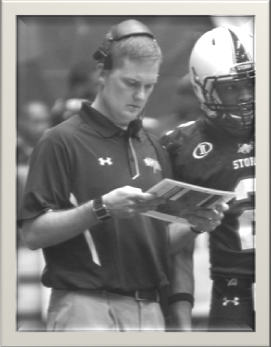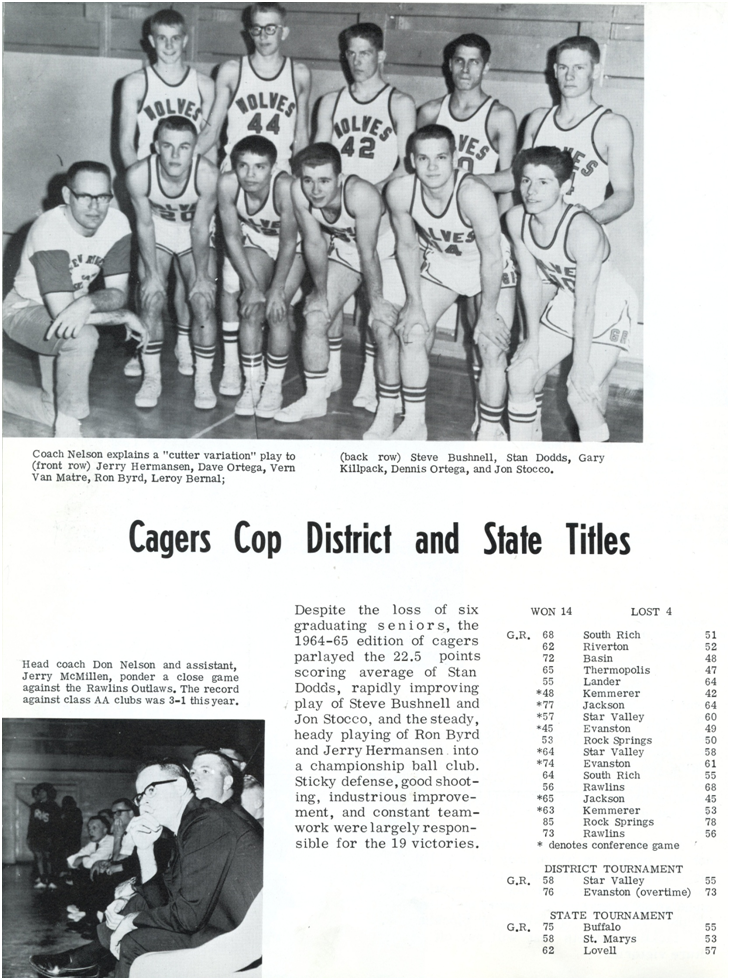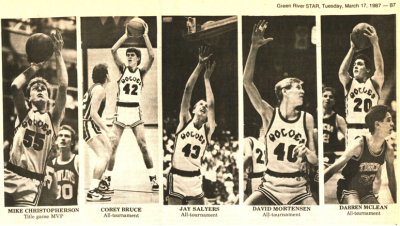Glen Anderson devoted his life of service to school, community, and country. He was born in Green River, Wyoming, and received his education there.
In high school, he distinguished himself as an athlete, holding the state record in the 220 low hurdles for 25 years. He was an all-state selection as a defensive back in football and continued his athletic career playing defensive back for the University of Wyoming, including playing in the Hula Bowl in Honolulu, Hawaii.
After graduating from high school in 1946 and before entering the university, he served with the 11th Airborne Division in Japan for 14 months. Following college, he became a photographer with the Navy, and, subsequently, entered the Naval Aviation Cadet program.
Upon completing his flight training, he flew combat missions in the FJ-1 Fury jet in Korea for the U.S. Marines; flew the R4D transport from Christ Church, New Zealand, in support of Operations Deepfreeze in Antarctica. He then transferred to helicopters in which he flew from the USS Iwo Jima in support of the Johnson Island upper island nuclear test. His career as a pilot continued during the Cuban Missile Crisis and the Viet Nam War where he flew combat missions and trained pilots in the UH-34 aircraft. He flew over 520 combat missions and was awarded the Air Medal (Strike Flight Award) with the numeral 26 and two Single Mission Air Medals signified by two Gold Stars. He also received the Presidential Unit Citation, the Navy Unit Commendation, the Meritorious Unit Commendation, the Vietnamese Cross of Gallantry (with Palm), the Vietnamese Service medal with six campaign stars and other campaign and service medals. He returned to Viet Nam to fly the UH-1 helicopter in 1968 in support of the Special Operations Group as well as the 1st and 3rd Marine Divisions.
Glen ended his military career training young Marine pilots at Camp Pendleton in California and retired on Dec.31, 1977.

